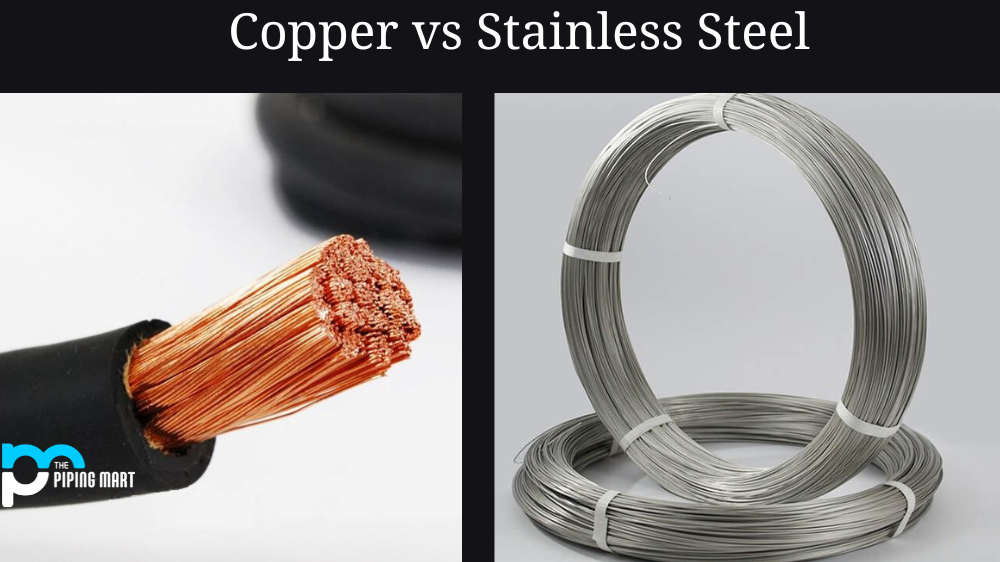When it comes to stainless steel, a variety of grades can be used in any number of applications. Two of the most common grades are 202 and 304 stainless steel. But what is the difference between these two grades? Let’s take a closer look.
202 Stainless Steel
202 stainless steel is an austenitic, non-magnetic, chromium-nickel-manganese alloy. It was originally developed for the preservation of nickel. In terms of its composition, it is similar to 304 stainless steel, with a few key differences. The additions of manganese and nitrogen increase the strength and hardness of 202 stainless steel. As a result, it is slightly less ductile than 304 stainless steel but still has good formability. It also has a lower carbon content than 304, which makes it less susceptible to intergranular corrosion. However, it still suffers from the same disadvantages as 304 stainless steel, such as poor weldability and susceptibility to stress corrosion cracking.
304 Stainless Steel
304 stainless steel is an austenitic grade that contains chromium, nickel, and manganese. This grade is extremely versatile and has good formability, weldability, and corrosion resistance. The higher chromium content in this grade makes it more corrosion-resistant than 302 stainless steel. However, its disadvantage is that it is susceptible to intergranular corrosion if exposed to high temperatures for extended periods of time.
Difference Between 202 and 304 Stainless Steel
Stainless steel is a hard and durable metal alloy commonly used for industrial, medical, and plumbing purposes. There are two types of stainless steel that are most commonly used: 202 and 304. While both alloys have similar properties, such as strength and corrosion resistance, there are some key differences between them. 202 stainless steel is usually found in appliances and kitchenware; it contains mainly chromium, manganese, and nickel. On the other hand, 304 stainless steel is often used in plumbing fixtures due to its higher nickel content; this provides more resistance against rusting than 202 stainless steel. Both of these alloys offer excellent performance but depending on the application you should consider each one’s specific features.
- 202 stainless steel is one of the most widely used types of stainless steel. It contains between 4 and 8 per cent nickel, which makes it cheaper than 304 stainless steel.
- 202 stainless steel is less strong than 304 stainless steel. It is not as resistant to corrosion and is more challenging to weld.
- 202 stainless steel is more likely to stain than 304 stainless steel. It is also more likely to show fingerprints and other marks.
- 202 stainless steel is less expensive than 304 stainless steel. It is also more widely available.
- 202 and 304 stainless steel are both non-magnetic.
Conclusion:
So, what is the difference between 202 and 304 stainless steel? The two are very similar in terms of composition, with a few key differences. The addition of manganese and nitrogen increases the strength and hardness of 202 stainless steel, while the higher chromium content in 304 makes it more corrosion-resistant than 302 stainless steel. However, both grades suffer the same disadvantages, such as poor weldability and susceptibility to stress corrosion cracking.
Sakshee is a talented blogger, with a particular focus on the Business and Metal Industry. She is passionate about sharing her insights on various metal products and helping professionals to make a better decisions.




